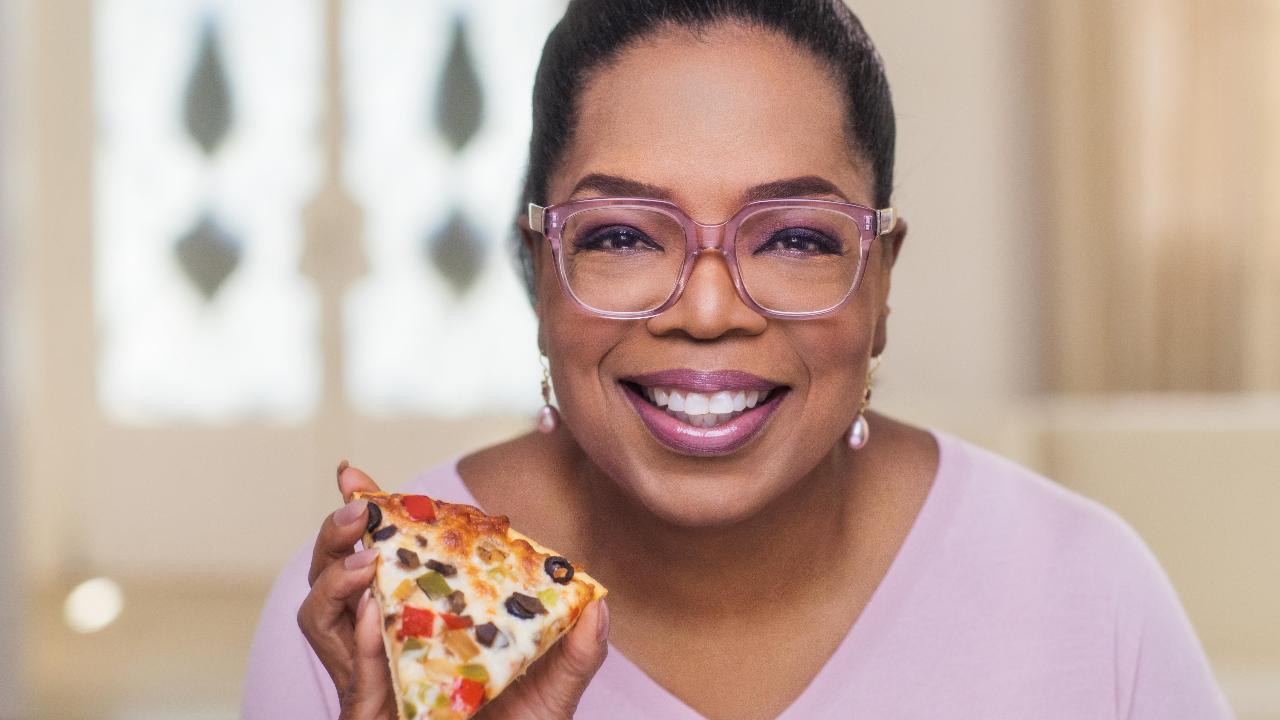Frozen dinners make a comeback
Frozen dinners are on a hot streak.
Sales of microwavable meals are rising at the fastest pace in a decade, drawing attention from food-company executives otherwise struggling with falling sales for well known but outdated brands.
"We believe this is not a blip," said Sean Connolly, chief executive of Conagra Brands Inc., maker of Healthy Choice, Banquet and Marie Callender's frozen meals. "For the first time in a generation, this space is starting to be modernized again."
Sales of frozen entrees rose 5.7% over the year ended July 15, according to market-research firm Spins, after annual growth of 0.6% and 1.5% the previous two years. The latest bump outpaces the 2% rise in overall packaged-food sales and marks a change from several years of diminishing sales in frozen meals earlier this decade.
Conagra, Nestlé SA and Kraft Heinz Co. are spending millions of dollars to freshen up frozen brands, introduce new ones and expand manufacturing capacity.
| Ticker | Security | Last | Change | Change % |
|---|---|---|---|---|
| CAG | CONAGRA BRANDS INC. | 25.23 | -0.25 | -0.98% |
| KHC | THE KRAFT HEINZ CO. | 29.98 | -0.21 | -0.71% |
Karrin Childs, a 37-year-old accountant in Akron, Ohio, got past her aversion to bland frozen meals after trying Nestlé's new Lean Cuisine dishes, such as butternut squash ravioli, in distinctive black packaging.
"It's always good to have one in your freezer in case of an emergency," she said.
Efforts to cut salt, sugar and other less healthful ingredients from ready-made meals appear to be resonating with customers who like their convenience.
Sales of other frozen foods such as vegetables and pizza have also improved recently. Overall frozen-food sales rose 3% in the year ended July 15, according to Spins.
The pickup in sales of frozen meals comes as companies have shaken up both the ingredients and the packaging used.
Last year Nestlé introduced Wildscape, a brand of frozen foods made with ingredients like honey-bourbon brisket and cauliflower in gochujang sauce. Wildscape meals -- like chimichurri chicken with roasted peppers, red potatoes, farro, aji amarillo purée and almonds -- are packaged in semitransparent plastic jars inspired by ice-cream containers.
"Historically it's been about comfort food; now it's about modern American cuisine," said Jeff Hamilton, head of Nestlé's U.S. foods division, which sells a dozen frozen-meal brands including Stouffer's, Hot Pockets and DiGiorno.
Conagra put its new Healthy Choice Power Bowls in plant-based, compostable packaging to appeal to consumers who said they didn't like microwaving plastic. Healthy Choice sales rose about 20% in the fiscal fourth quarter ended in May, bringing the brand to $400 million in retail sales for the fiscal year.
Mr. Connolly said that success encouraged Conagra to buy Pinnacle Foods Inc. this year for about $8.2 billion, adding Birds Eye, Evol Foods and other frozen brands to its product line. The deal is expected to close by year-end.
Modern frozen food dates to Clarence Birdseye, who in the 1920s invented a way to flash-freeze fish, building on an Inuit technique he learned in Canada. That kept food from spoiling without losing as much flavor or nutritional value as slow freezing or canning.
In the 1950s, Swanson's TV dinners and Totino's frozen pizzas changed the family dinner ritual. In the 1980s, food makers introduced low-fat and low-sodium brands to match diet trends. Most brands hadn't changed much since then until recently, executives say.
While Healthy Choice and Lean Cuisine fell out of favor, higher-end meals from new brands such as Evol and Lyfe Kitchen drew customers back to the freezer cases. That spurred bigger companies to reinvest in frozen.
"It's a rare feat that you see a legacy business that's been around since the '80s that was really quite sluggish come back to life," Mr. Connolly said of Healthy Choice.
Similarly, Nestlé has recast Lean Cuisine as a more generally healthful brand rather than one focused on low-calorie meals.
"It took us a while to understand and adapt," Mr. Hamilton said.
The company has been working to turn around its frozen-food business. Three years ago, the Switzerland-based company opened a $50 million research and development center for frozen foods in Solon, Ohio.
Nestlé chefs and developers there test new dishes in 60 microwaves from around the world, tweaking recommended cooking times to deliver the best flavor. Meals are also tested on a vibrating table and dropped to make sure the packaging won't shatter or bend.
Kraft Heinz, meanwhile, has revamped its Weight Watchers meals with a new line called SmartMade that highlights "real ingredients you can pronounce" in dishes like white-wine chicken and couscous with roasted vegetables.
In 2017, SmartMade and a new, indulgent frozen meal brand by Kraft Heinz called Devour generated more than $100 million in retail sales. The brands drove growth in Kraft Heinz's frozen-meal business, which until then, had spent "the better part of a decade in decline," the company said.
Write to Annie Gasparro at annie.gasparro@wsj.com and Saabira Chaudhuri at saabira.chaudhuri@wsj.com
(END) Dow Jones Newswires
September 08, 2018 11:00 ET (15:00 GMT)
Copyright (c) 2018 Dow Jones & Company, Inc.

